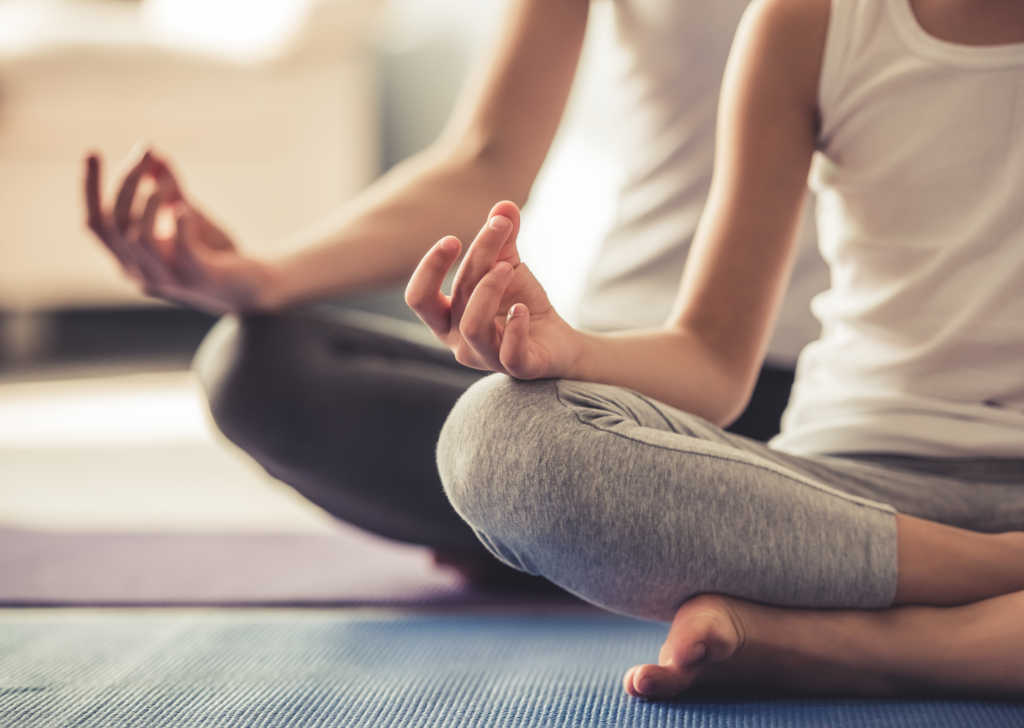Yoga – Niyama

Yoga is a well-defined, sophisticated science that has been used for centuries to achieve the highest levels of spiritualism. However, it requires perseverance and dedication to make any meaningful progress. The Yoga Sutras of Patanjali elaborately describe the eight limbs of yoga to guide the yogi at every level.
Niyama means rule or a guideline in Sanskrit. In general terms, Niyamas are the Dos and Dont’s for fruitful progress on the path of yoga. Niyamas form the second limb of the eight limbs of yoga.
Yama and Niyama in yoga instill discipline without which one might not feel like making any progress. Yet, there are just five Niyamas prescribed for a yogi:
Saucha
Saucha means purity and hygiene. For a yogi, practicing cleanliness of the body and the surroundings is a prerequisite to cleansing the mind of unwanted and distracting thoughts. Accordingly, one must wear clean clothes and use a clean mat for yoga.
Santosha
Santosha is contentment or satisfaction. Therefore, one must not be jealous of another’s fortune. A yogi will be content even with their progress if they have done their part of practicing yoga to their best. Santosha engenders the peace of mind one needs for meditation.
Tapas
Tapas means austerity or discipline. ‘Tap’ in Sanskrit implies heat or fire. Tapas, therefore, signifies the burning of impurities and attachments by being disciplined and austere. When one does not succumb to worldly desires, austerity becomes easier.
Now, giving up attachments and worldly desires is not easy, especially for beginners. That is why those who are highly motivated towards spiritualism choose to lead a monastic life to enforce tapas.
Tapas inturn fosters Santosha, which quietens the mind for deeper meditation.
Svadhyaya
Svadhyaya comprises ‘Sva,’ which means self, and ‘Adhyaya,’ which means study. Therefore, it can be understood in two ways, both of which are meaningful.
Svadhyaya is a study of the self. Thus, meditation can reveal the state and the secrets of the body when the yogi focuses on it. A deep focus can let one feel the life in every cell of the body. Yogis often can cure ailments by focusing their meditative powers on the body.
Svadhyaya also means the study by oneself, and Svadhyaya is more of a Niyama in this sense. First, one should study the scriptures like the Upanishads and Gita to clarify any doubts about spiritualism. Then, the guru can address the doubts that remain.
Ishvara Pranidhana
Ishvara means God and Pranidhana means contemplation on devoting oneself or surrendering oneself to God. As we know, the ultimate aim of yoga is to experience God through Samadhi. However, that highest goal can be achieved only when one practices the Niyama of Ishvara Pranidhana right from the beginning and acknowledges and surrenders to the Supreme Reality.
These are the five Niyamas that form the second limb of the path of yoga.